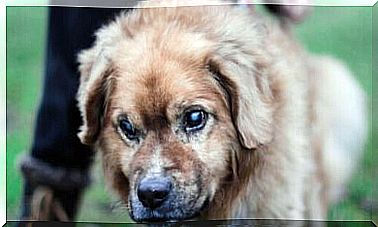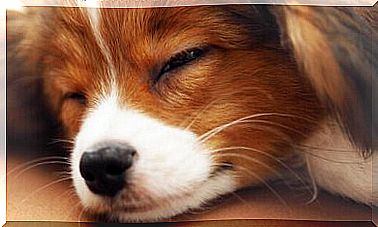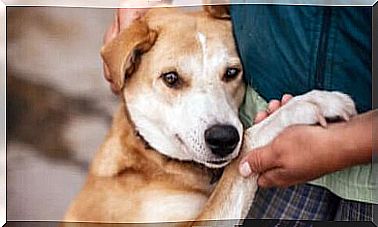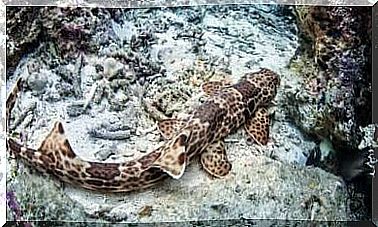Kohana Cat Or Hairless Hawaiian Cat
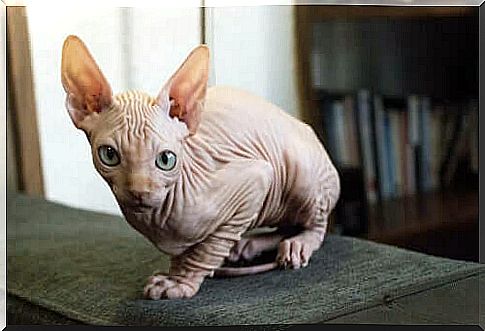
The kohana cat, unlike other cats classified as ‘hairless’, is characterized by the absence of hair follicles as a consequence of a genetic mutation. The result is rubbery and wrinkled looking skin.
race origin
The existence of the kohana cat was documented around 2002, although there are few precise theories about its origin.
At first, it was claimed that he came from a wild brood in Hawaii, in which part of the pups had a genetic mutation. Such variation, instead of altering the function of the hair follicles, as happens with other hairless cats, caused their non-existence.
Later, other hypotheses were put forward that attributed its presence to the crossing of a donskoy sphynx cat with a Canadian sphynx, both hairless, or to the natural mutation of the latter.
Finally, after pertinent DNA analysis, it was concluded that the mutation of the kohana cat was the same as that of the sphynx, but with other genes involved.
Currently, this is considered a very minority breed due to its low reproductive viability.
In addition, it is worth noting that there are cat clubs and specialists in taxonomy, genetics and zoology who do not consider this to be a new breed. They claim that every 15 years or so, mutations that cause new hairless cats occur.
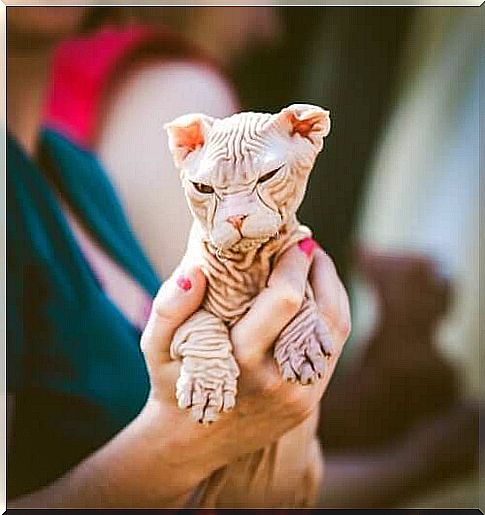
Characteristics and care of the kohana cat
This feline has a broad, muscular body that, given the absence of fur, can be seen through the numerous body folds. With an average weight of three to six kilos, its hind legs are longer than the front, hence its peculiar movement when walking.
The kohana cat tends to have a cream or pink hue due to its characteristic bare skin. However, black and white specimens have already been observed.
The personality of this breed is intelligent, affectionate and full of energy, so it demands a lot of attention. However, in this case, owners can save all the time invested in brushing, as well as bathing, required by other breeds.
This fact also represents an advantage for the cat itself, as it prevents the formation of fur balls.
Dental care is essential to ensure good health, without leaving out the pertinent cleaning of the gums. Excessive plaque and other bacteria can cause complications and lead to serious systemic diseases.
Thus, regular hygiene, together with the ration recommended by the veterinarian, are the priority elements to ensure the cat’s well-being.
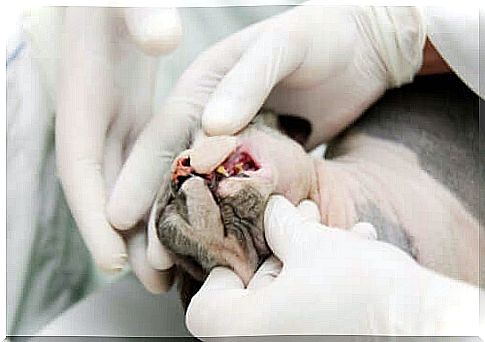
It is also essential to ensure the good condition of the eyes. The kohana cat does not have eyelashes, so it is more exposed to contaminating particles, which are a focus of possible conjunctivitis.
To avoid it, owners should apply gauze with saline solution and remove any rags or dirt accumulated in the eye area.
Advantages of Race
Unlike other cats, this species is a good choice for people allergic to cat hair who do not want to give up on having cats as a pet.
In addition, the absence of hair follicles prevents the accumulation of hair and the consequent vomiting that common cats experience after licking their bodies to clean themselves.
Lastly, since this is an animal fit only for indoor environments, it is also possible to avoid disorders related to illnesses or disappearances that cat owners can suffer from.
The kohana cat may appear delicate at first, but if it receives the necessary hygienic, nutritional, and emotional care, it can live up to 17 years. Dynamic and affectionate behavior will be the best indicator of your well-being.
